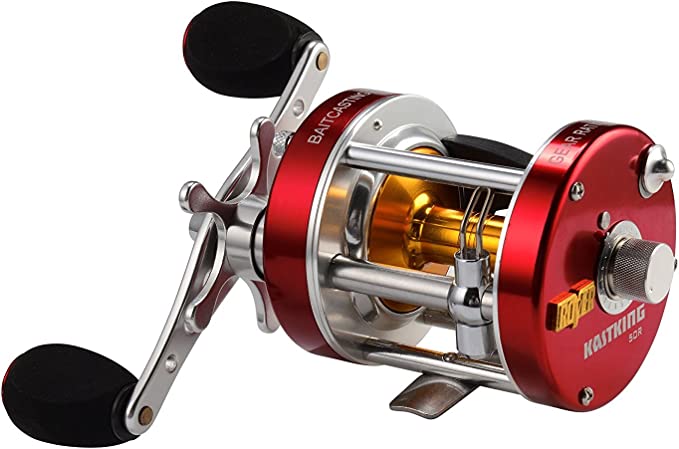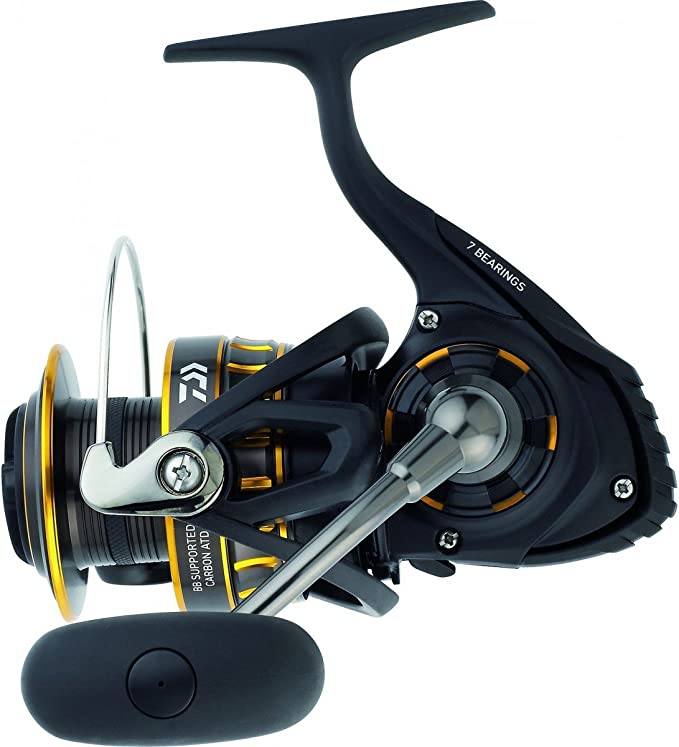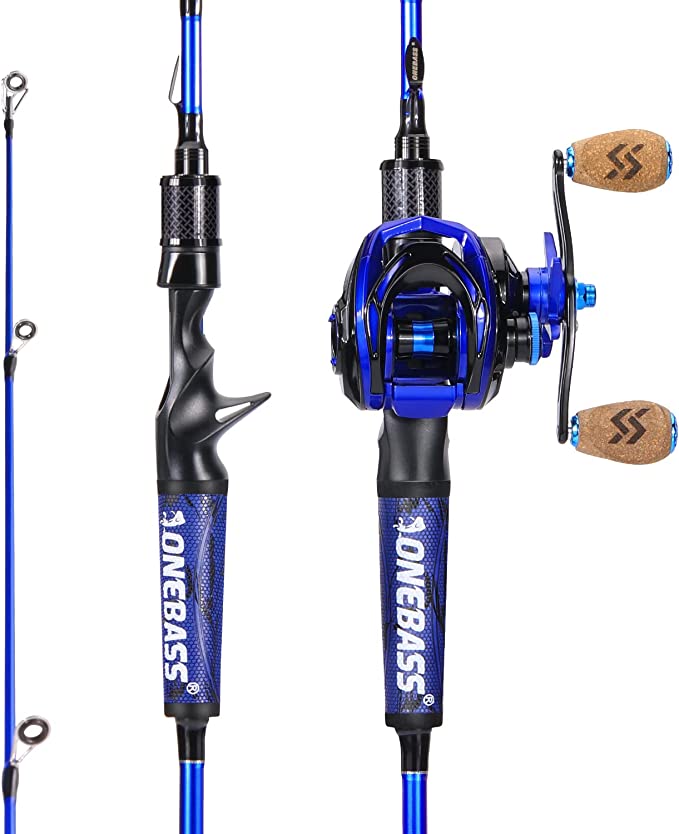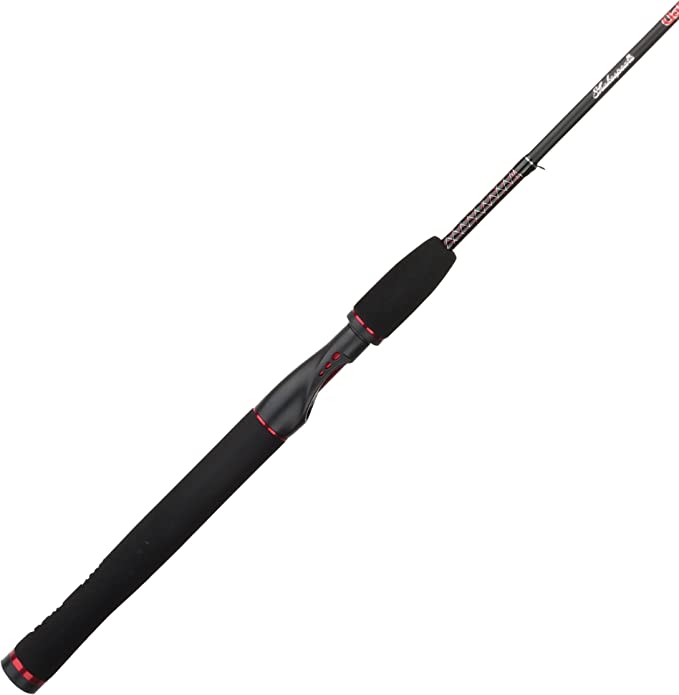Big Agnes Tiger Wall UL2: Your Ultralight Companion for Backpacking Adventures
Update on Sept. 5, 2025, 3:04 p.m.
We’ve all felt it. That moment on the trail when the path steepens, your breath shortens, and the laws of physics suddenly feel deeply, personally unfair. It’s the feeling of gravity levying its tax, ounce by ounce, on every vertical foot you gain. For centuries, the response was simply to get stronger. But in the last few decades, a quieter, more intelligent revolution has been taking place—not in the gym, but in the laboratory. The modern war against weight is a masterclass in physics, chemistry, and the art of the impossible compromise.
To understand this war, you don’t need a high-tech lab. You just need to look at a modern backpacking tent. Not as a product, but as a physical thesis—a collection of brilliant answers to impossibly difficult questions.

The Unseen Sandpaper of the Sun
One of the most relentless enemies of any outdoor gear is not the wind or the rain, but the sun. Sunlight, specifically its ultraviolet (UV) component, is a form of invisible sandpaper. At a molecular level, UV radiation is a barrage of high-energy photons that bombard the long polymer chains that make up nylon and polyester fabric. This bombardment can sever the chemical bonds, shortening the chains and making the material weak, brittle, and prone to tearing. It’s a slow, silent process of destruction.
For years, manufacturers fought this with surface coatings, which acted like a temporary sunscreen. But a far more elegant solution lies in rethinking the material from its very inception. Consider the solution-dyed fabrics used in a tent like the Big Agnes Tiger Wall UL2. Instead of weaving a colorless “gray” fabric and then dipping it in massive vats of dye—a process that consumes enormous amounts of water and energy—solution-dyeing injects the color pigment directly into the polymer melt before it’s spun into fiber.
The result is a fiber that is colored to its absolute core. The pigment is no longer a coating; it’s an integral part of the material’s structure. This provides profound, long-lasting UV resistance because there is no “surface” to wear away. But more importantly, it represents a monumental leap in sustainable manufacturing, drastically reducing the water pollution and energy footprint associated with traditional textile dyeing. It’s a solution that fights a physical problem (UV degradation) and an ecological one simultaneously.

The Art of Being Strong While Hollow
How do you build a skeleton that can withstand a storm, yet weigh less than a bottle of water? The answer comes not from making things more solid, but from the art of being strong while hollow. The intuition that equates mass with strength is deeply flawed. The strongest shapes in nature and engineering—the bones of a bird, the I-beams of a skyscraper—derive their power from geometry, not bulk.
This principle is embodied in the slender aluminum poles of a modern tent. The poles, often from a company called DAC, are a direct descendant of the aerospace industry. They are typically made from a 7000-series aluminum alloy. Pure aluminum is soft and weak, but an alloy is a metallic recipe. By mixing in a small amount of zinc, engineers create a material that, after specific heat treatments, becomes astonishingly strong for its weight. This is the same class of material that has been used for decades in aircraft frames, where the penalty for excess weight is catastrophic.
The single, hubbed pole architecture of a tent like the Tiger Wall is a further expression of this efficiency. Instead of multiple, heavy individual poles, a unified, pre-bent structure creates a tensile, dome-like shape that deflects wind rather than fighting it. It is a system of engineered tension, a delicate balance of forces where every component works in concert. The structure stands not because it is heavy and immovable, but because it is light, flexible, and intelligently designed to distribute stress.

Holding Back a Waterfall with a Sheet of Paper
Water is patient and powerful. It exploits every microscopic weakness. To a water molecule, the needle hole in a stitched seam is a gaping doorway. Protecting yourself from it requires a multi-layered defense against a fundamental force of physics: hydrostatic pressure.
Technical specifications for tents often list a “1500mm” waterproof rating. This isn’t a measure of thickness. It’s a measure of pressure. Imagine taking a square inch of the tent’s rainfly fabric and sealing it to the bottom of a tall, open-ended tube. Now, slowly pour water into that tube. The fabric will hold until the column of water reaches a height of 1.5 meters (nearly 5 feet). At that point, the pressure is so immense that it will force a water molecule through the polyurethane coating.
To visualize this, picture the fabric on your tent successfully holding back a column of water that stretches from your toes to your chin. That is the force these paper-thin materials are designed to resist. This defense system has two parts. The first is a DWR (Durable Water Repellent) finish on the outside, a hydrophobic treatment that causes water to bead up and roll off, just as it does on a lotus leaf. It’s the first line of defense, designed to handle the majority of rainfall. But for persistent, driving rain, the inner polyurethane coating is the final, impermeable barrier. It is the silent, unseen wall against the storm.

The Beautiful, Brutal Compromise
Here, we arrive at the heart of the matter. After all this science, it’s easy to believe we have achieved a perfect object. We have not. We have achieved a perfect compromise.
In online reviews, a user might praise a tent for its astonishing lightness, and in the next sentence, criticize it for feeling “not sturdy” in a high wind, or for the loud flapping noise it makes. This is not a contradiction. It is a perfect description of the engineering trade-off. The noise of a flapping rainfly is the sound of a deliberate sacrifice. To achieve a trail weight of just over two pounds, designers must use thinner fabrics, narrower diameter poles, and a minimalist structure. The object is not to build an indestructible bomb shelter, but to find the absolute sweet spot on the spectrum between weight and durability.
Every ounce saved is a victory against gravity’s tax. But every ounce removed is a fractional reduction in abrasion resistance or wind stability. There is no magic bullet. This is the brutal, beautiful truth of all great design. The best equipment is not the strongest, or the lightest, or the most waterproof. The best equipment is that which embodies the most intelligent, informed, and elegant compromise for its intended purpose.
Looking at a gossamer-thin tent, then, is to see more than a shelter. It’s a monument to our ongoing battle with the fundamental forces of nature. It is a story written in alloyed metals and polymer chains, a testament to the idea that sometimes, the most powerful way to resist a force is not with brute strength, but with radical intelligence.







































